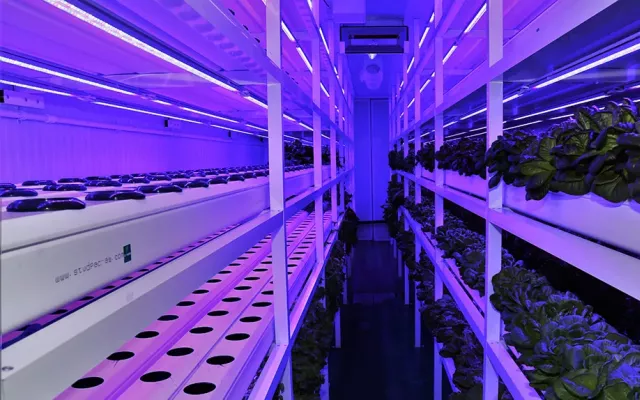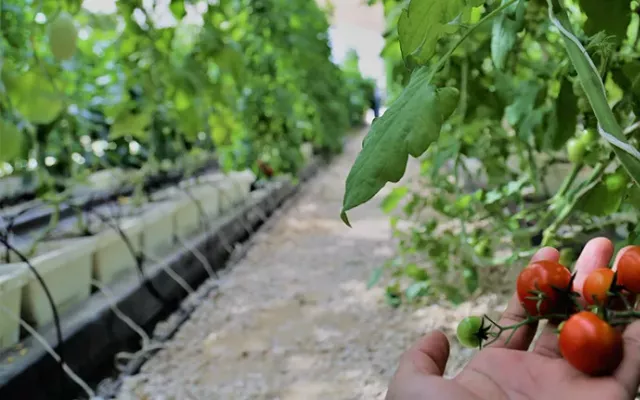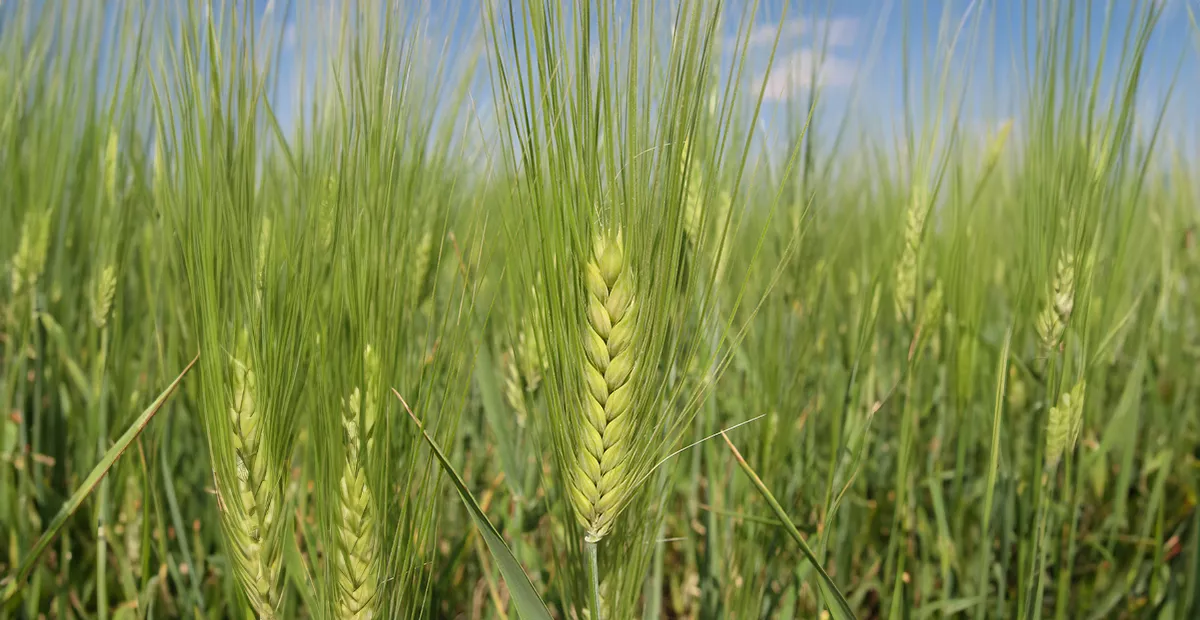Selecting barley genotypes using chlorophyll fluorescence
26 August 2024
Plant scientists and crop breeders can now make better selections of barley by measuring the degree of light emitted during the photosynthesis process.
In a study published in Frontiers in Plant Science, researchers from the International Center for Biosaline Agriculture (ICBA) and the colleagues from the National Agronomic Institute of Tunisia (INAT) evaluated the effectiveness of chlorophyll fluorescence in selecting and breeding barley varieties that can survive in dry and saline conditions in the field. This research was part of adaptability trials conducted in five different biophysical environments.
When plants absorb light, some of the energy is used for photosynthesis, some is dissipated as heat and a small portion is re-emitted as light (fluorescence). By measuring the fluorescence emitted, scientists can gain insights into the efficiency and health of the photosynthetic apparatus. In particular, they can measure the efficiency of Photosystem II (PSII), which plays a crucial role in the light reactions of photosynthesis. This chlorophyll florescence can be a good indicator of how well a plant is converting light energy into chemical energy during photosynthesis.
The researchers measured chlorophyll fluorescence to help them distinguish between different barley genotypes that exhibit varying degrees of tolerance to salinity stress under challenging growth conditions.
Barley is a staple crop in the Near East and North Africa (NENA) region, where it faces significant challenges due to harsh environmental conditions like freshwater scarcity, soil salinity and arid climates. The study examined the salt and drought tolerance of six different barley genotypes across five natural field environments in Tunisia.
The researchers focused on understanding how these genotypes respond to environmental stresses by analyzing their photosynthetic activity in real-world settings, rather than growth chambers. They found that barley genotypes more tolerant of aridity and salinity maintained better photosynthetic performance compared to sensitive genotypes. Specifically, the study revealed that photosynthetic activity and fluorescence yields were significantly higher in tolerant genotypes even when exposed to saline water and arid conditions.
One key finding was that the performance index (PI) of the photosystem II (PSII) can serve as a reliable marker for differentiating between tolerant and sensitive genotypes. Tolerant barley varieties such as Souihli and Batini 100/1B showed relatively stable PI values under stress, while sensitive varieties like ICARDA20 and Konouz experienced significant declines.
The study highlighted the usefulness of using chlorophyll fluorescence as an early indicator of stress in plants. This method detected physiological disturbances before visible symptoms appeared, making it a valuable tool for screening climate-resilient barley genotypes for salinity and abiotic stress tolerance.
The insights from the study are crucial for selecting crop varieties that are more resilient to the changing climate in the NENA region. By identifying and cultivating salt-tolerant barley varieties, farmers can achieve better yields despite the challenging environmental conditions.












